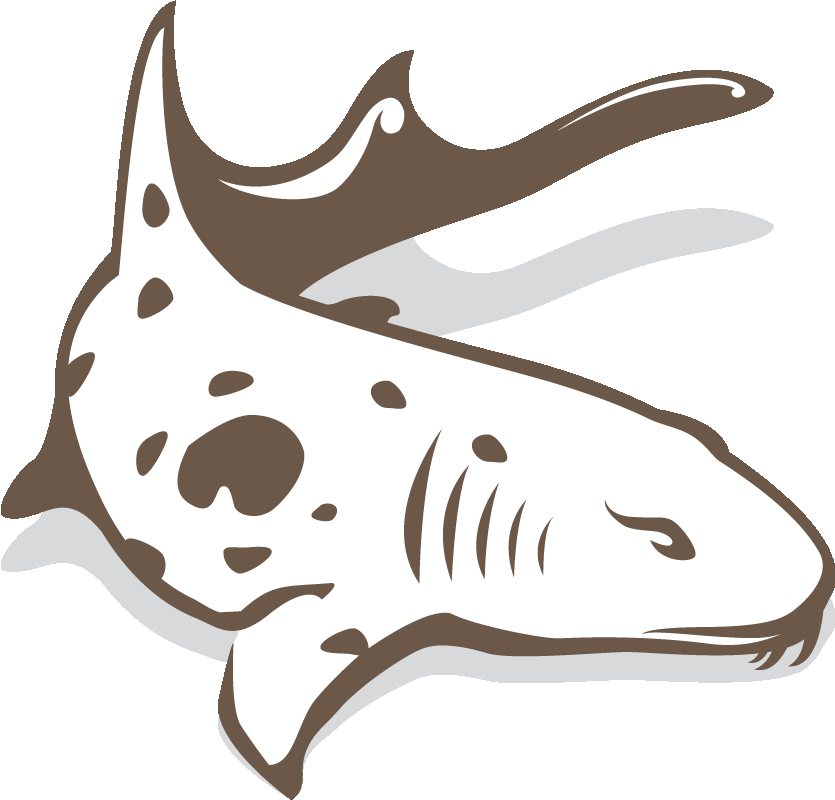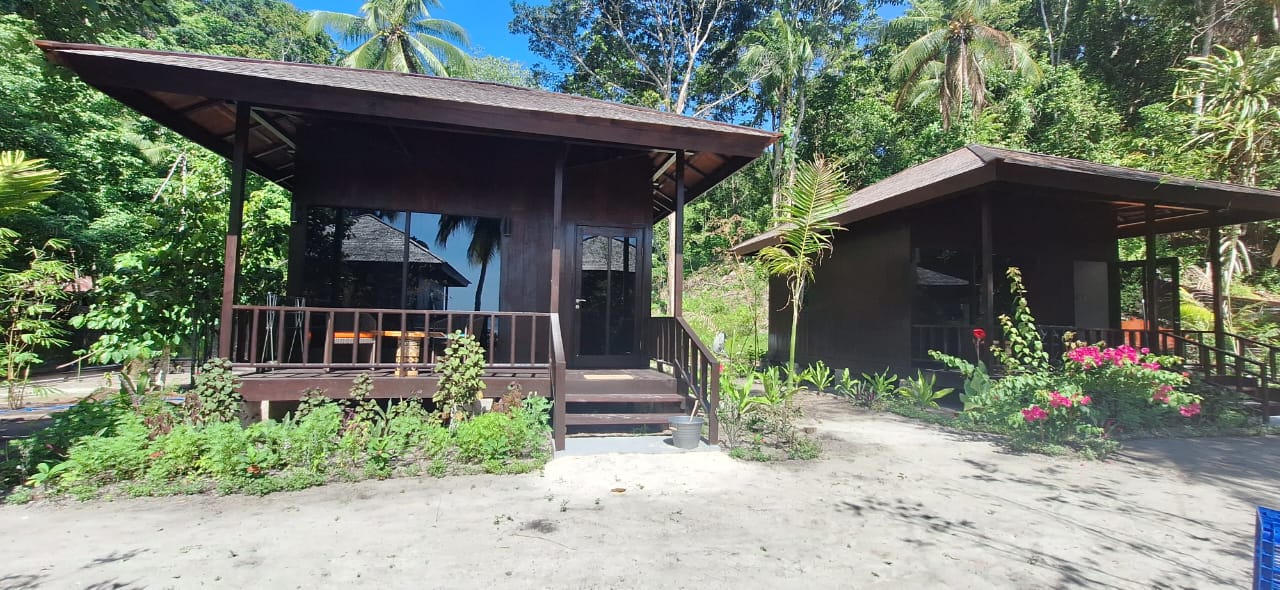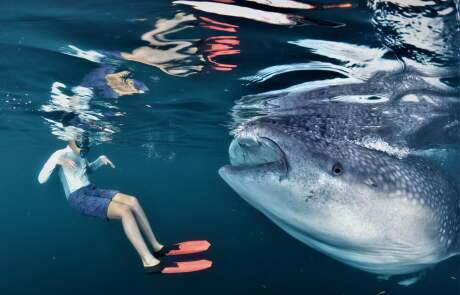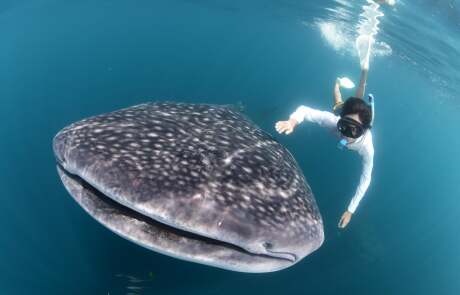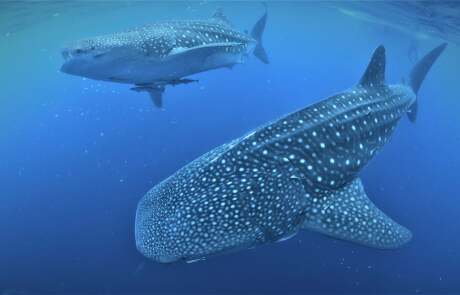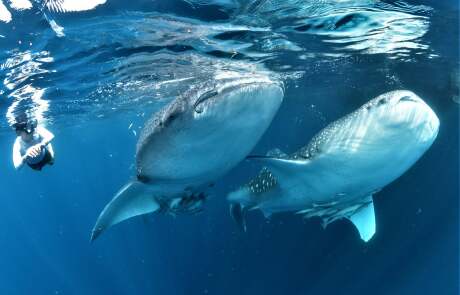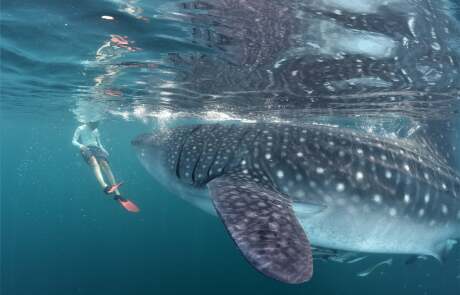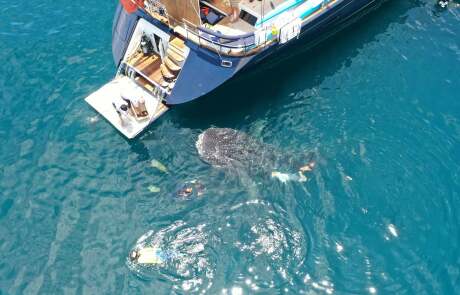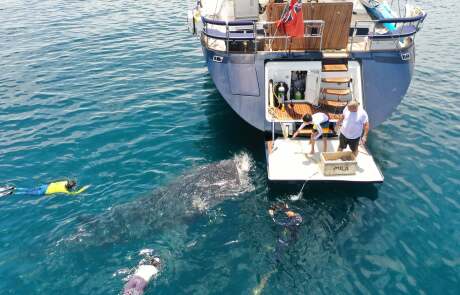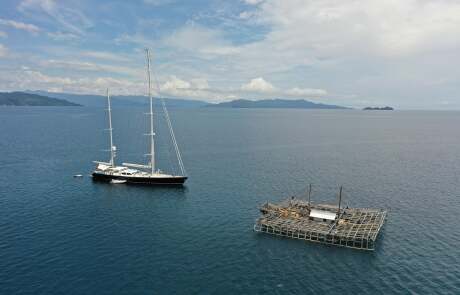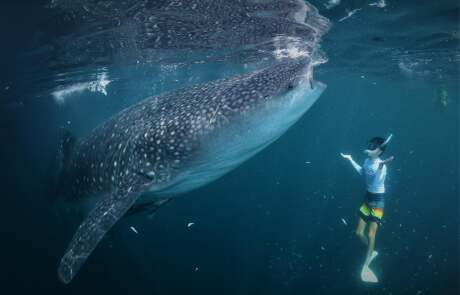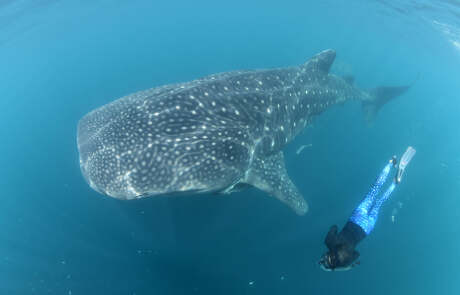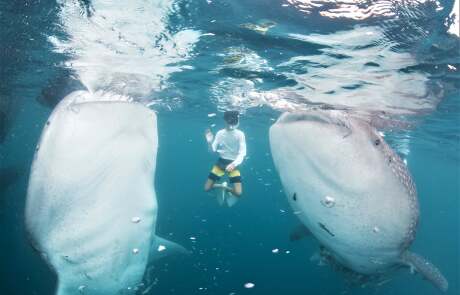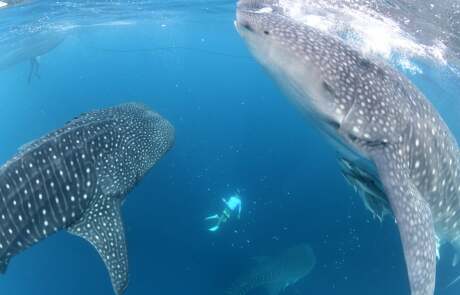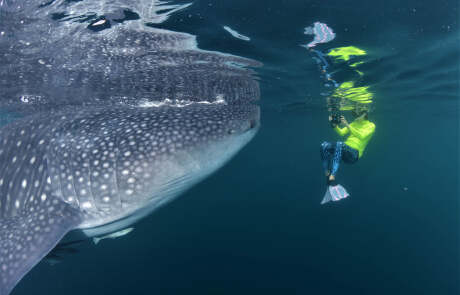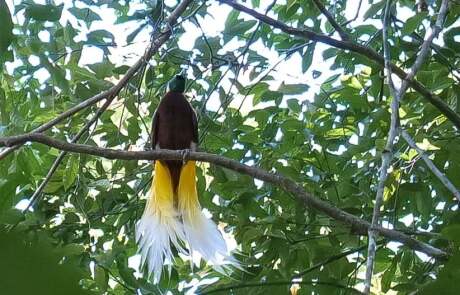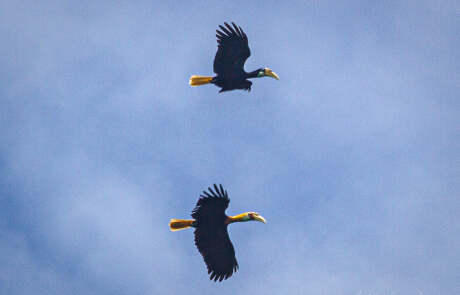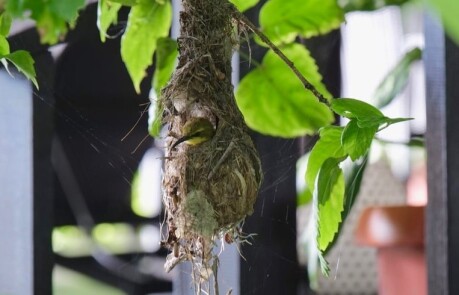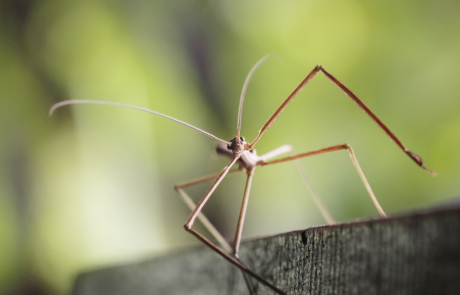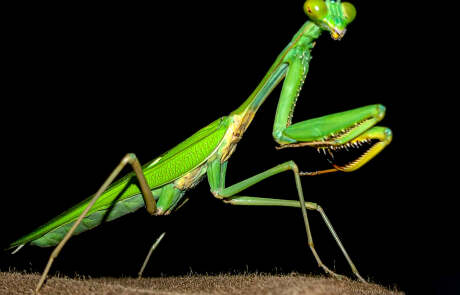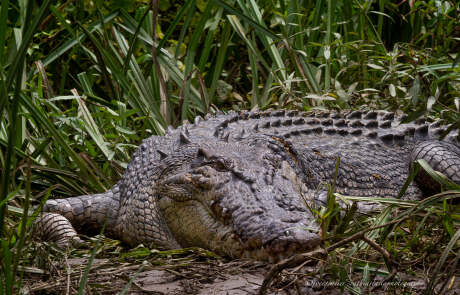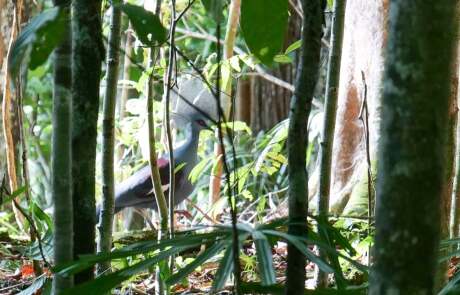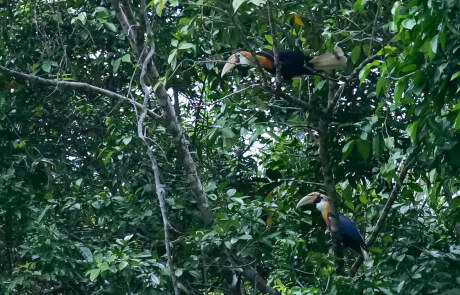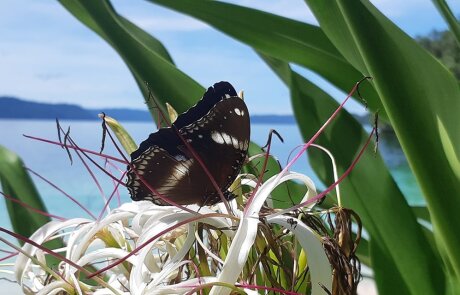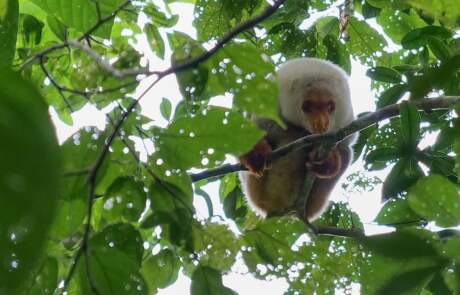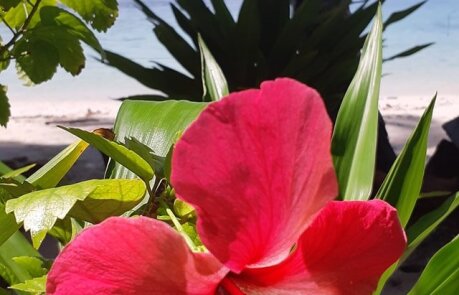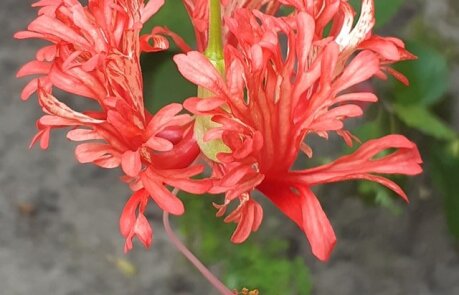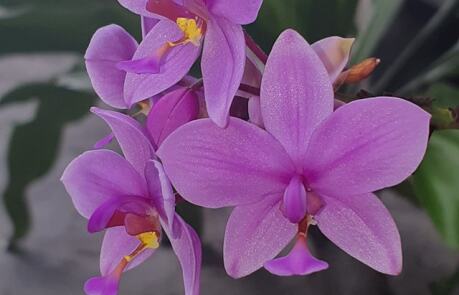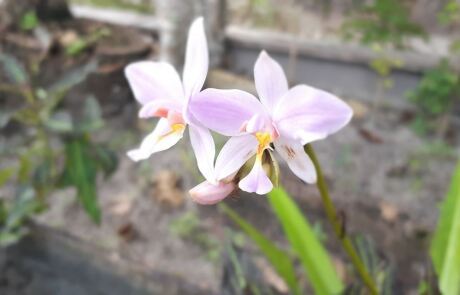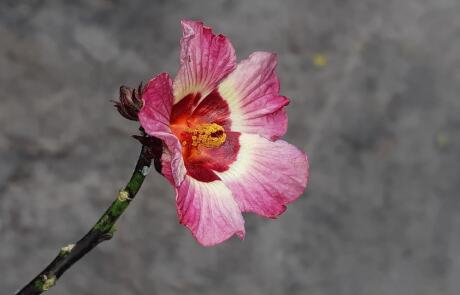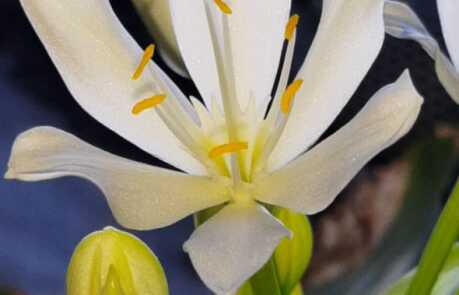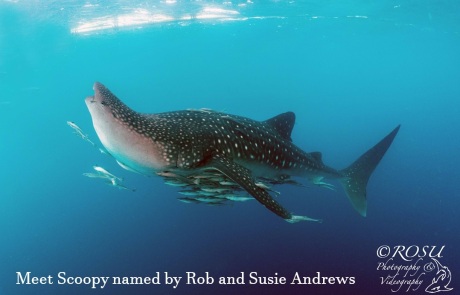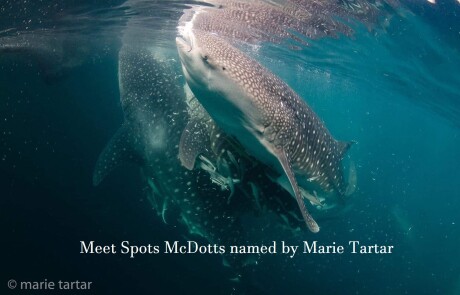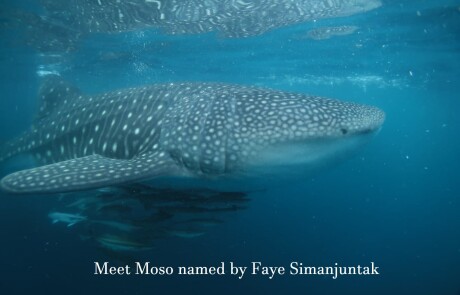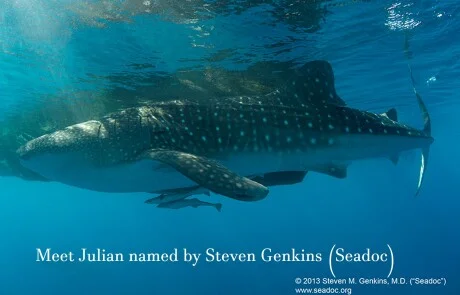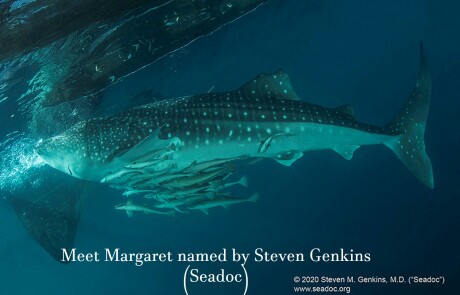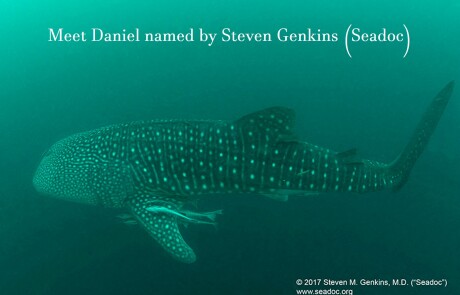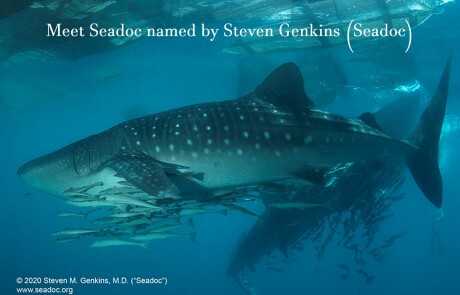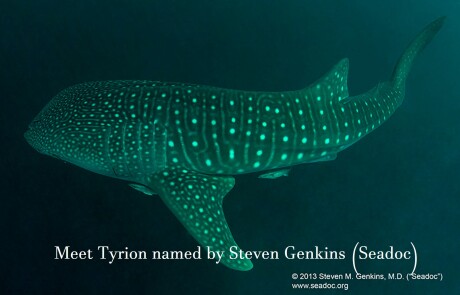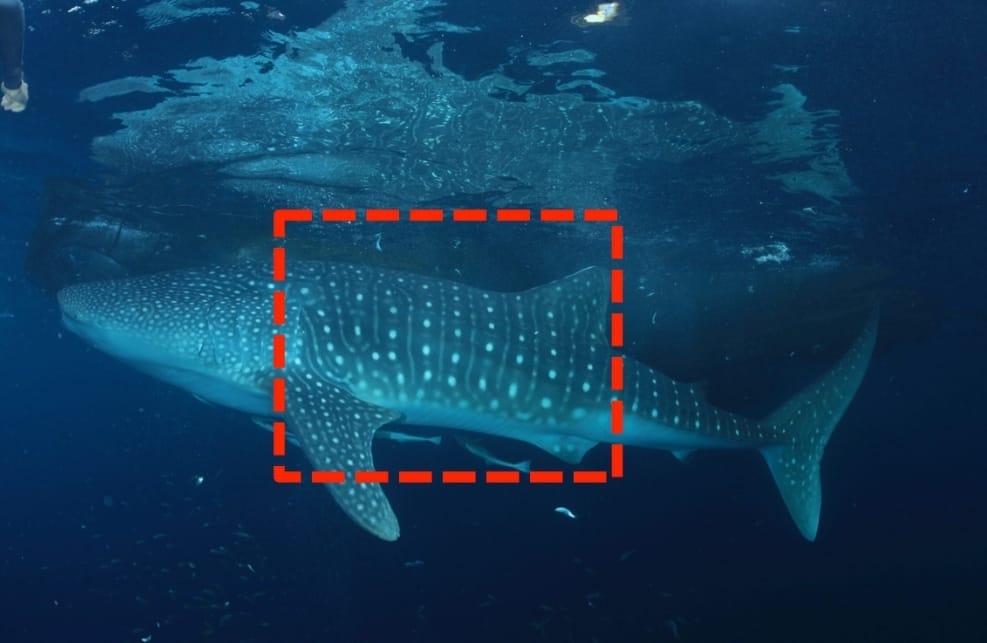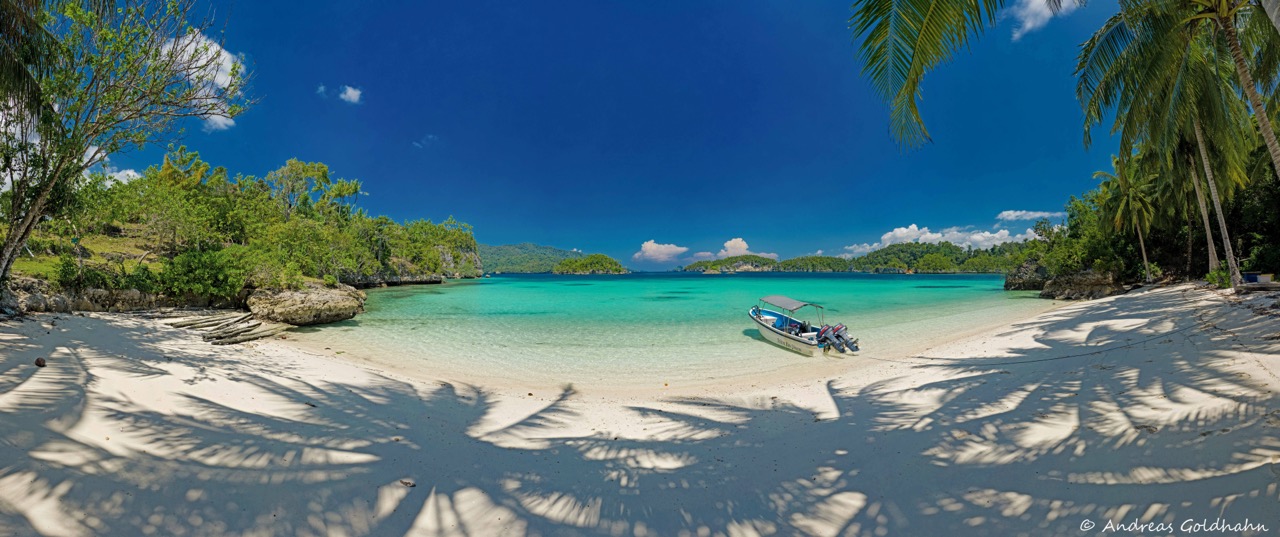New Developments at Triton Bay Divers
The team here at Triton Bay Divers are excited to provide you an update on improvements we have made over the past year to both the resort and our operations.
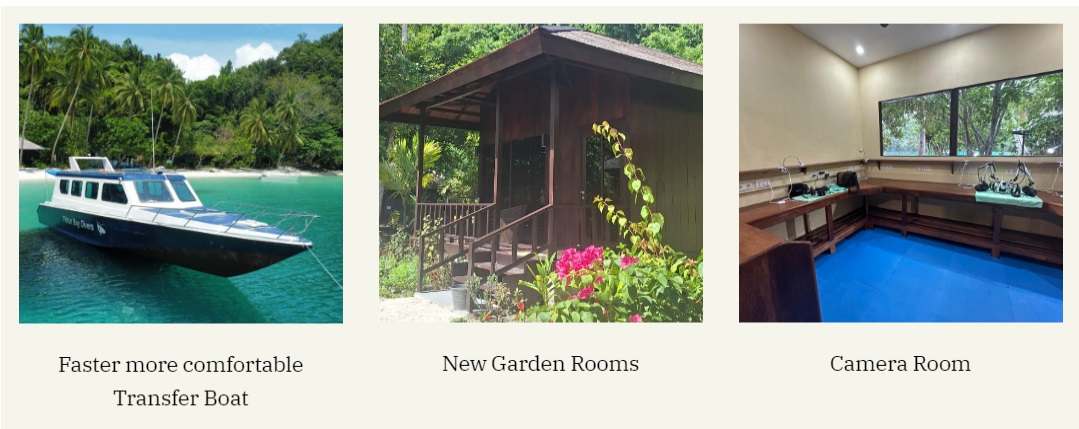
Triton Bay Divers now has a new dedicated transfer boat that is larger and much more comfortable and allows us to get guests to the resort in a little over an hour.
Due to demand, we have also added two new Garden Rooms, which are modelled on the Deluxe Seaview (beach front) guest rooms and have a partial sea view. Because we like to keep our dive groups small we have also added a new dive boat to cater for the additional guests, bring the total to 4, and added to our team, now with 28 staff to service our guests.
We are also excited to announce that we now have a dedicated camera room, for those that prefer not to bring their cameras back to their rooms after each dive, and have expanded the dive center, now with its own dedicated compressor room.

Triton Bay Divers is very excited to be able to announce some new additions to our Team.
Vincent Chew who is from Singapore and owns both Blue Manta and White Manta Liveaboards. He has been working in the diving industry for many years and brings with him a vast experience in dive operations.
Nurul Yazid, who is an award winning professional underwater photographer from Malaysia, having been featured in several magazines. She has over 7 years’ experience running a resort on Pom Pom Island in Malaysia.
And Jack Sumantry, from Ambon, Indonesia, who brings many years’ experience of working at resorts and on liveaboards. He also runs a local Yayasan/NGO educating children on the importance of marine ecosystems.
This new lineup injects fresh energy and knowledge into Triton Bay Divers and we are confident that you, our guests, will benefit. We are all looking forward to making Triton Bay Divers and your experience with us the best it can be.
We look forward to welcoming you to our little piece of paradise!
The Team wish Jimmy Thai luck in his future ventures.
